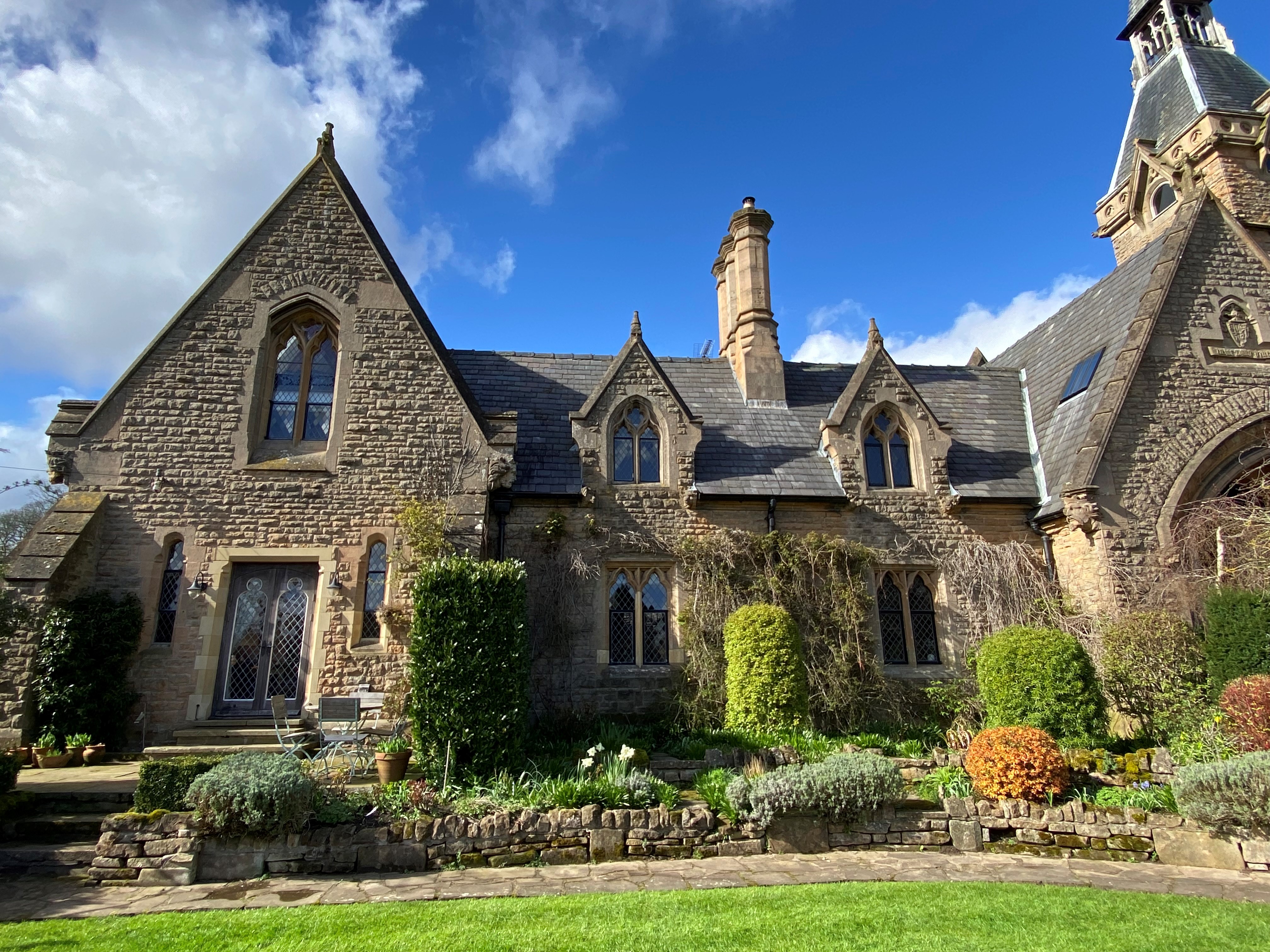Heritage Buildings

The Project had four main strands:
- Heritage Building Survey
Local volunteers increased their historic buildings knowledge by learning to identify, record and research the heritage buildings in the Miner2Major area. - Mining Building Research
Twelve colliery villages in the area have been researched. The findings have been published in a beautifully illustrated eighty-page book which is accompanied by nine village guides. Copies of the book are available to loan through all the Nottingham city and county libraries. Free copies are also available at larger libraries, book shops and museums. Talks were held at various venues across the county. - Training for Building Owners and Managers
The project offered courses both online and in-person for groups of owners and managers of heritage buildings. - Conservation Building Skills for Students and Apprentices
The project ran training for 16-19-year-olds on construction-related courses as well as introducing students to practical heritage building skills. Introducing a new audience to heritage related crafts and skills.

Heritage Building Survey
Sherwood’s historic buildings come in all shapes and sizes from pubs and pinfolds to cottages and coaching houses. The project helped to better understand the built heritage of the area through survey and research using historic maps and written sources.
The information will also be used to better protect historic buildings in the area by revealing their significance, recording their special architectural interest and what they can tell us about the history of the Sherwood Area.
The project has also drawn together the results from months of surveys of historic buildings of local interest. Some previously unrecorded buildings were added to Nottinghamshire’s Historic Environment Record for the first time while others had their existing record enhanced with new information and up-to-date photographs. Volunteers engaged their local communities by sharing reports, producing guided walks, and giving talks.
The project also focused on under-researched buildings within the area. Volunteers gathered at the Nottinghamshire Archives for a research training day. Researching the area’s historic stables has engaged animal-lovers and architecture enthusiasts alike. Volunteers and staff have researched and surveyed the stables at Rufford Abbey, Rufford Stud Farm, Newstead Abbey and Park Hall, the results of which were published in a book. Members of the public were engaged with talks about the newly researched buildings and the findings have been published in a book called Country House Stables of Nottinghamshire. Copies are available from local libraries.
As part of the project's legacy, a team of volunteers are continuing with researching buildings within the county. For further information on this or if you wish to get involved, please feel free to contact Janine Buckley, Historic Environment Officer at Nottinghamshire County Council.

Mining Buildings Research
The Sherwood area is rich in industrial history. Research undertaken as part of the Heritage Buildings Project has focused on the plans and layout of Sherwood’s former colliery villages. No two model villages are the same.
Bestwood is easily the most attractive of the nineteenth century colliery developments in Nottinghamshire with the most varied designs of the inter-war years seen at Newstead, Blidworth and Warsop Vale.
As a result of this research, a beautifully designed book with historic images has been published along with nine illustrated guides. The book is available to loan from all Nottinghamshire libraries. Or collect your very own free copy of the book and a set of guides from larger libraries. Here is the mining book [PDF] to read and here are the guides:-
- Annesley Mining Guide [PDF]
- Bestwood Mining Guide [PDF]
- Bilsthorpe Mining Guide [PDF]
- Clipstone Mining Guide [PDF]
- Edwinstowe Mining Guide [PDF]
- Newstead Mining Guide [PDF]
- Ollerton Mining Guide [PDF]
- Rainworth Mining Guide [PDF]
- Warsop Mining Guide [PDF]
Due to popular demand, the book has now been reprinted.
Research has now been extended to include the history and heritage of Colliery Stables and the Nottinghamshire Pit Pony. This book traces the lives of the pit ponies from the collieries around Sherwood Forest through exploration of their underground stables.
Loan copies are available from all Nottinghamshire libraries and free copies are available from Five Leaves Bookshop in Nottingham and The Bookcase in Lowdham.
Training for Building Owners and Managers and Conservation Building Skills for Students and Apprentices
Of all the buildings in the Miner2Major area, about one third were built before the First World War and they were constructed in a different way to modern buildings. These buildings need special care when it comes to maintenance and alteration as using modern methods and materials can harm these buildings and cause them to deteriorate.
The project increased awareness by providing online and in-person learning opportunities for owners and managers of historic buildings to increase their confidence to appropriately maintain and understand the buildings they care for. The project also ensured that the skills needed for heritage building projects are not lost, by offering practical on-site training for student and apprentices.

Inspire College
This project worked with 16-19 Inspire Trainees at the Eastbourne Centre to carefully take-down and repair a 250-year-old section of local Magnesian Limestone wall.
During the project, Trainees developed the following skills:
Stage 1:-
- Identified and assessed the condition of traditional masonry
- Carefully dismantled historic fabric to conserve materials
- Prepared a safe working area
- Used specialist materials, tools and techniques to successfully conserve an historic building
Stage 2 :-
- How to mix specialist lime mortar for heritage work
- How to pick suitable size and shape stone pieces
- Carefully bed local Magnesian Limestone in courses to match the original and existing wall
- ‘Point’ the bedded stonework using traditional tools
Residents found the process fascinating as students learned how to mix the special lime mortar that historic walls need to stand the test of time.
